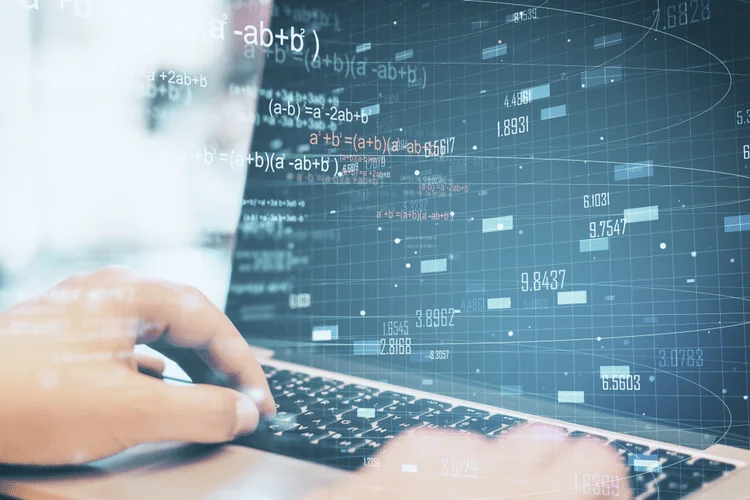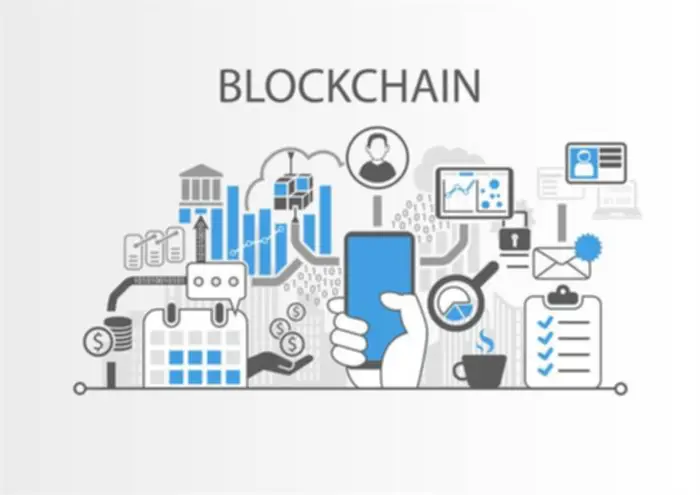As expertise continues to evolve, the capabilities and efficiency of pc vision techniques will only enhance, driving innovation and effectivity in numerous fields. Computer vision, an interdisciplinary field combining synthetic intelligence and picture processing, has revolutionized how machines interpret and perceive visual knowledge what is the computer vision. From healthcare and autonomous vehicles to retail and safety, its purposes are vast and transformative. Laptop imaginative and prescient enables machines to interpret and understand visual information from the world.
OCR has become a key use of computer imaginative and prescient, enabling industries to automate numerous processes. Many strategies for processing one-variable indicators, typically temporal signals, could be prolonged in a pure method to the processing of two-variable alerts or multi-variable indicators in computer vision. Nonetheless, because of the particular nature of pictures, there are many methods developed inside laptop vision that don’t have any counterpart in the processing of one-variable indicators.
This software is critical in self-driving cars, which have to shortly determine their surroundings to resolve on one of the best plan of action. Optical character recognition (OCR) refers to extracting data from images and converting it into text that computer applications and machines can learn. OCR can identify numbers and letters from pictures, scanned paperwork and image-only PDFs, arranging these numbers and letters accordingly. A well-known instance of that is Google’s Translate, which can take an image of something — from menus to signboards — and convert it into textual content that the program then translates into the user’s native language. Once we’ve translated a picture to a set of numbers, a computer imaginative and prescient algorithm applies processing. One way to do that is through CNNs which use layers to group collectively the pixels to create successively more meaningful representations of the information.

The first stage is knowledge assortment, where high-quality, consultant pictures or movies are gathered. This knowledge can come from public sources such as ImageNet, COCO, MNIST, or datasets on Universe, or be captured instantly from cameras, medical imaging gadgets, or synthetic simulations. The diversity, quality, and quantity of this information are critical, as fashions skilled on slim information usually struggle to generalize to new situations. For instance, a facial recognition model educated only on a limited demographic could carry out poorly on a broader inhabitants, leading to biased or inaccurate predictions. Semantic segmentation presents a pixel-level understanding of a picture by assigning a category label to every pixel.
Picture Segmentation
For more information, see What’s the distinction Between Artificial Intelligence, Machine Studying, and Deep Learning?. Equally, pc imaginative and prescient helps educate and master the sense of sight via digital picture and video. Extra broadly, the time period laptop vision can additionally be used to explain how device sensors, usually cameras, understand and work as vision techniques in applications of detecting, tracking and recognizing objects or patterns in images.
For example, a warehouse robotic outfitted with computer vision doesn’t just see bins. It understands their dimensions, reads labels, plans optimal choosing routes, and avoids obstacles in real-time. This is laptop imaginative and prescient in action, transforming how we method every thing from healthcare to industrial automation. Object detection and recognition contain figuring out objects inside an image and classifying them. Detecting and matching options within images is crucial for duties like picture stitching, object recognition, and monitoring.
This suggested that the assistant was making assumptions primarily based on expected conduct quite than truly analyzing the stay system state. In this instance, Microsoft Copilot with Vision correctly identified that I was within the Settings app. It precisely directed me to the “Home Windows Update” part and highlighted the “Check for updates” button. Microsoft says that Imaginative And Prescient is an opt-in function, which is technically accurate since you have to give it permission to share the display screen. Nevertheless, it is truly available by default since there isn’t any possibility to turn off the function utterly on the settings web page. The function is available for anybody and not using a Copilot Pro subscription on Home Windows 10 and 11.
Scene understanding goes beyond object recognition by extracting higher-level data from visual information. It encompasses recognizing the format of a scene, understanding relationships between objects, and inferring the context of the setting. This capability is crucial in robotics, augmented reality, and sensible cities for duties like navigation, context-aware data overlay, and site visitors management. Here, refined algorithms and fashions come into play, working to dissect the content of pictures or video frames.
It’s a subset of artificial intelligence which collects information from digital photographs or videos and processes them to define the attributes. The whole process entails image acquiring, screening, analysing, identifying and extracting information. This extensive processing helps computer systems to know any visual content and act on it accordingly.
Deep studying has revolutionized the field of computer imaginative and prescient by enabling machines to know and interpret visual information in ways in which had been previously unimaginable. IBM has additionally introduced a computer imaginative and prescient platform that addresses both developmental and computing resource issues. IBM Maximo® Visual Inspection contains instruments that allow subject matter experts to label, train and deploy deep learning vision models—without coding or deep studying expertise. The imaginative and prescient models could be deployed in local knowledge facilities, the cloud and edge units.

It entails capturing a digital picture utilizing devices such as cameras, scanners, or sensors. The high quality and format of the acquired image considerably affect subsequent processing levels. Moreover, facial recognition technology Data as a Product is being utilized by many retailers to personalize shopping experiences, offering product suggestions based mostly on customer preferences.
Industries
For instance, a medical imaging system analyzing X-rays has studied millions of earlier scans to be taught to spot subtle indicators of circumstances that took radiologists years of training and training to discern. Knowledge collection entails gathering photographs or video relevant to the task, whereas annotation involves labeling the information with the specified output, corresponding to object boundaries or class labels. Characteristic extraction entails identifying and isolating numerous options or attributes throughout the image which may be important for evaluation. These options function the basis for recognizing patterns and making selections in regards to the content of the picture. Right Now, laptop vision continues to evolve, with ongoing analysis aimed toward making machines perceive and interpret the visual world as humans do. Innovations in hardware, similar to specialised AI chips, and developments in algorithms, similar to generative adversarial networks (GANs), are pushing the boundaries of what laptop vision can achieve.
- For extra data, see What’s the distinction Between Artificial Intelligence, Machine Studying, and Deep Learning?.
- From healthcare’s crucial medical image analysis to the automotive sector’s quest for autonomous driving, Laptop Vision plays a pivotal position.
- Computer vision works a lot the identical as human imaginative and prescient, except people have a head start.
- With CNN and other deep studying fashions like YOLO (You Only Look Once) and Faster R-CNN, pc imaginative and prescient can classify photographs, detect objects, recognize faces, and carry out many other duties.
- At about the same time, the primary computer picture scanning technology was developed, enabling computer systems to digitize and acquire images.
Function Extraction
In human vision, your eyes understand the physical world round you as different reflections of sunshine in real-time. Image preprocessing removes unnecessary data and helps the AI model learn the images’ features effectively. The goal is to improve the image options by eliminating undesirable falsification and achieving better classification efficiency. It is necessary to note that to efficiently build any image classification model that can scale or be used in manufacturing, the model has to be taught from enough data.
Nick is a physician of synthetic intelligence and has worked in healthcare, space and aerospace, and clean energy. Computer vision encompasses a variety of project sorts, every designed to deal with specific visual duties. Roughly 90% of the data transmitted to the human mind comes from our sense of imaginative and prescient, making it our most necessary sensory channel. Given this, it’s no shock that imaginative and prescient https://www.globalcloudteam.com/ can be a important mode for AI techniques trying to copy human notion. For custom options, bigger GPU allocations, or reserved instances, contact our sales staff to learn the way DigitalOcean can power your most demanding AI/ML workloads.
